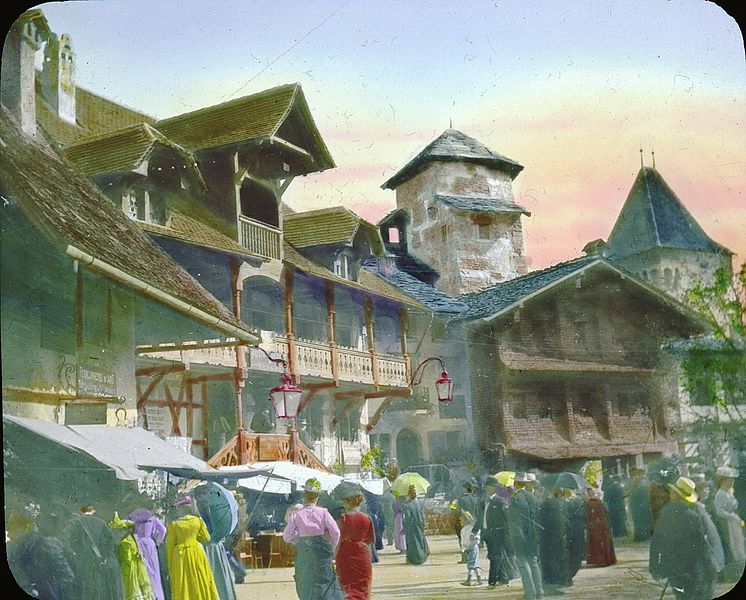Photo by McGhiever, Murray Township, Minnesota
(Also read: My Lord Bag of Rice and Backbone, both excellent!)
This collection of essays deserves to be read on the merits of “A Gentle Education for Us All” alone, which provides the best defense of a liberal arts education I’ve ever read. Although the late, great Bly wrote these essays in the late ’70s for a specific agrarian Minnesota audience, her criticisms and recommendations remain topical and useful for, say, a person living now in a major Eastern metropolis (to take just one example, anybody who follows sustainable farming in the U.S. will recognize some of her arguments). Her moral and political outrage, intelligence, humor, and compassion made her voice stand out anywhere. She was anti-apathy, anti-complacency, anti-smalltalk, anti-ignorance, anti-war. She was pro-dissent, pro-judgment, pro-arts, pro-feeling, pro-action, pro-farmer, pro-sustainability, pro-local-theater-productions, pro-conversation….. She wanted to talk with children and teenagers and old people about contemporary art and music and politics and farming. And she proposed solutions to the problems she identified, starting at the very grassroots level, with 4-H meetings, church groups, and the town parade committee, and urging people to seek accountability from Washington. She demanded respect for people living in Minnesota farms and small towns, and she demanded that these people learn to respect themselves, by which she almost always meant to educate themselves. That goes, of course, for everybody.
Continue reading



